We save wombats. We rescue them and give them a voice when they need one.
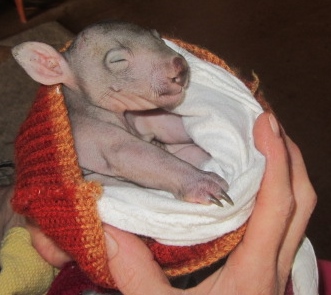
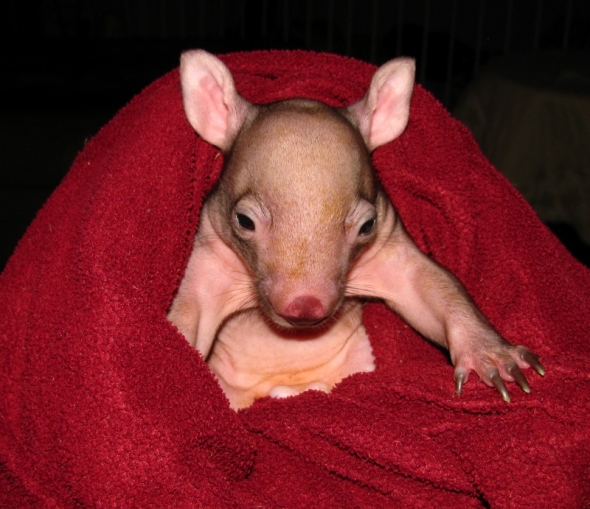
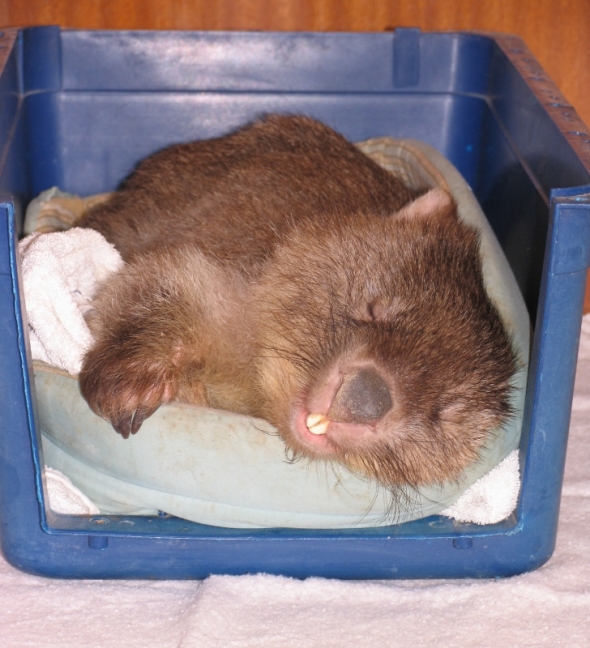
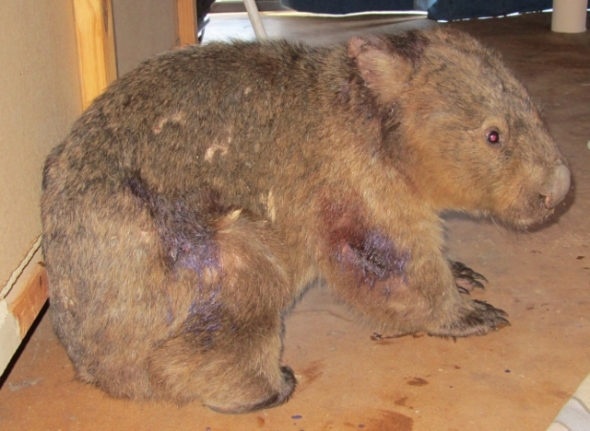
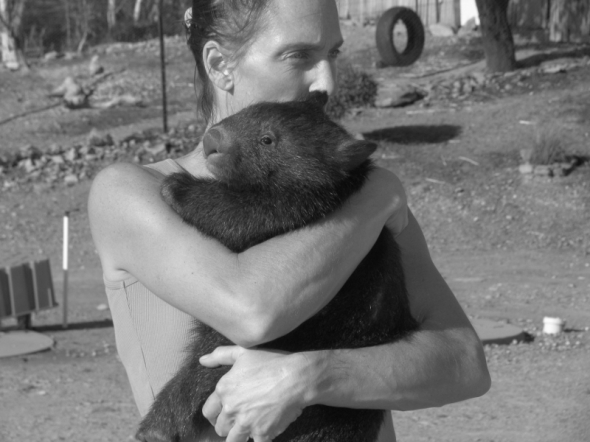
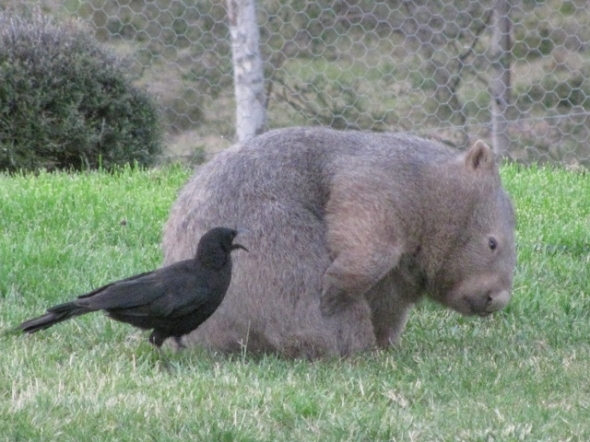
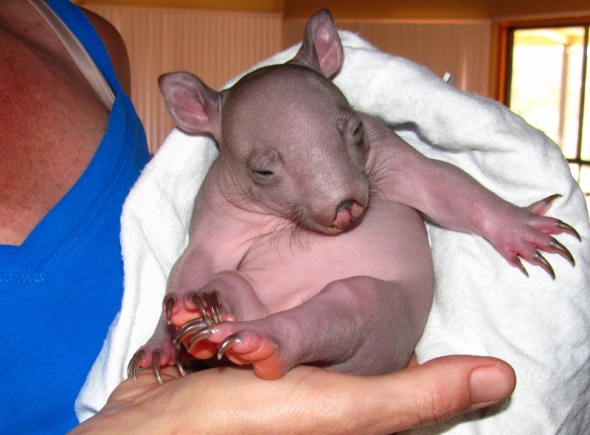
We have a voice for them and do whatever possible to encourage education of the species in our ever changing world, which is impacting on their environment in a very harsh way. We would like to be instrumental in keeping the bare nosed wombat off any endangered list in the future.
Follow our work with the wombats in care on FacebookWhy did we start Sleepy Burrows Wombat Sanctuary you may ask?
One night while I was watching a wild wombat eat on the grass verge, a vehicle came up in the dark, swerved intentionally to hit it and then drove off, with the occupants laughing. They did not know my truck was parked in the shadows.
I got out and found an adult male wombat with a broken back and his eyes just said to me 'why me, why do this, what did I ever do to them?'
I sat with this wombat until he died as there was nothing I could do at that hour of the night for him. Through tears I promised him that I would help wombats from that night on and that I would make a difference. I promised him and I intend to keep that promise. Over the years we have become known for the work we do with these animals. We have a very high success rate with rehabilitating wombats and getting them back to their rightful home, the bush. The sanctuary needs to get bigger or else we will have to close it, simple as that. We have always funded the sanctuary and work on our own but it has now gotten too big for that. So we are seeking help and assistance with our infrastructure costs if possible. We still fund all the food costs, medications, vet bills, and current infrastructure costs. Our costs this year have gone over $30,000k so we are unable to expand our infrastructure currently.
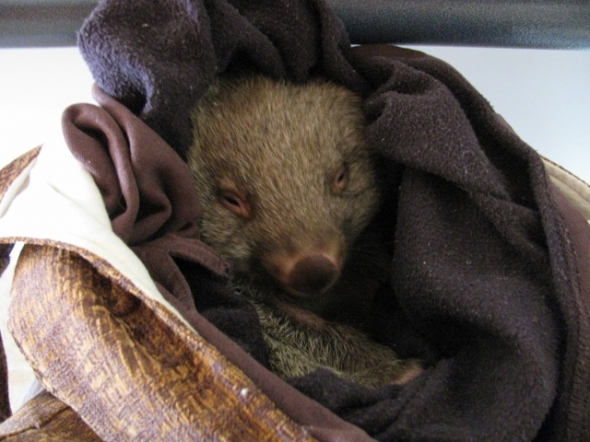
IF we could raise the funds required, we would build our second wombat enclosure area, used to rehabilitate confiscated pet wombats, orphans or injured wombats. We also get the odd cruelty case to deal with. And then when we feel we cannot take anymore on, we will get an injured female with a wombat joey in her pouch, just to test us to the max!
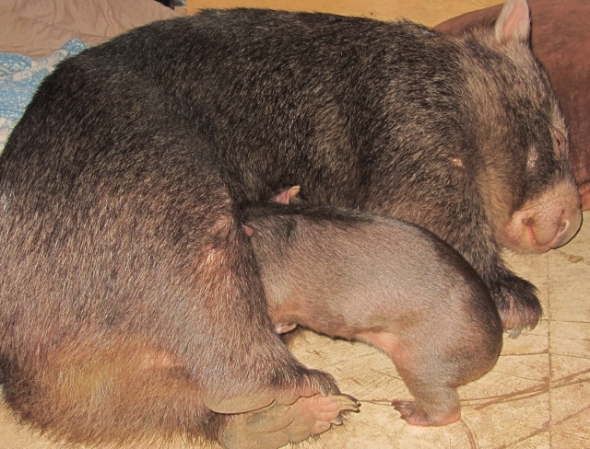
The enclosure area is designed with teaching wombats the necessary skills they require to be returned to the bush. This is imperative if they are to survive. Releasing wombats with no survival skills is a death sentence. We've seen this first hand too many times.
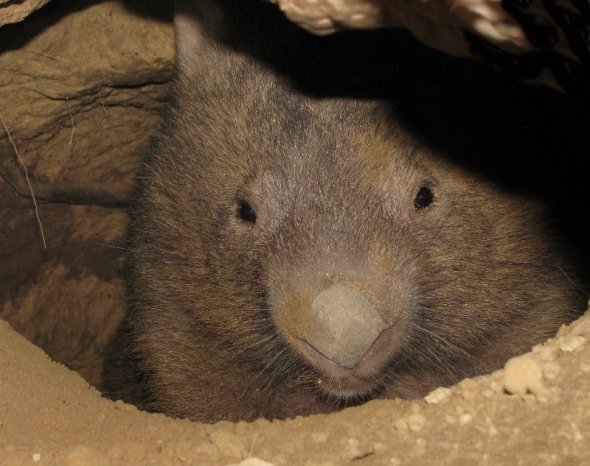
So far, we have funded over $150,000k ourselves for our wombat infrastructure, hospital studio, etc. The second enclosure area desperately needed will house 5-6 individual wombat enclosures, each having a burrow for a single wombat to be housed in. Each single enclosure has shelter for if the burrow floods and alternative housing and a certain portion covered from the elements. These are then enclosed in a special wombat proof enclosure area. This allows the wombats in care to freely graze, interact and learn the necessary survival skills. They can dig, experiment digging in other burrows and learn how to deal with other wombats, both those in care and the wild ones who come up to the fence. If a wombat is raised in 4 enclosed walls, it will go mad (again we have seen this sadly far too often). They need to be free to graze, dig, etc. Due to the number of pinkie wombats we have in care and injured wombats we are being brought, we need to build a second enclosure area. And this is what we are asking for assistance with, please.
Wombats are in our care for anything from 6 months to 3 years, depending on why they have come into care. This work is a long term commitment and we intend to stay for the long haul and make a difference, if we can get the infrastructure to keep up.
A breakdown of the costs would be as follows to give people an idea of what this work has cost us up to this point:
An enclosure area fenced (wombat proofed) will cost about $10,000 as we need to use chain wire fencing in particular (concrete, star pickets, fencing wire). Each enclosure costs us $1,500 for materials (star pickets, heavy duty tarp, galvanised iron, pipe at 1.5m dug underground) and then we have to get machinery to dig the enclosures underground to ensure wombats cannot escape while in care.
The hiring of the digging machinery costs us $800 a day! We try and do as much as we can ourselves (by hand I might add) but as you can imagine, you get nowhere fast. So before you know it, you are at $20,000. Our last enclosure area which we paid for ourselves cost us $23,000 and like you can see, doing this work the infrastructure is one of our major costs due to the nature and strength of the animals we are helping. If we don't do the enclosures correctly and wombats who are not well get out, they will simply die or be killed. This of course would defeat the purpose of the sanctuary and our work entirely. So we have to ensure the animals are safe while at the sanctuary in our care.
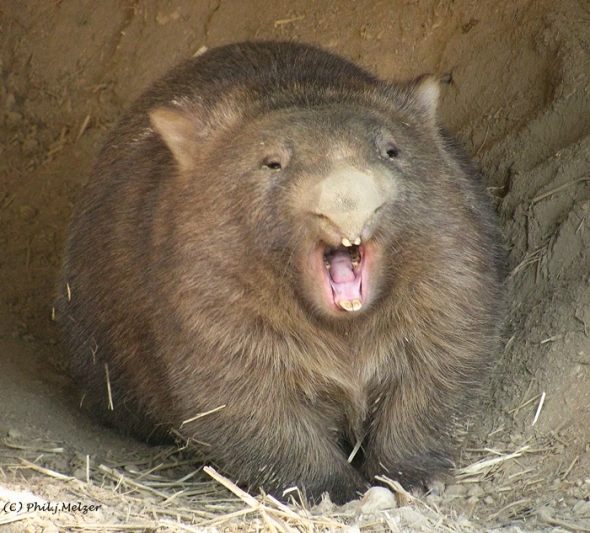
We would not let there be any obstacles as we are not closing our sanctuary. We have to make this happen, we have to build it to keep the wombat sanctuary going.
The only obstacle would be if wombats continued to come in at the rate they are through cruelty cases, confiscated pets and orphans from vehicles killing their mothers on the roads. People who hand us the animals do not realise the costs involved and of course if we do not have the infrastructure in place to take the animals on, then we have to turn wombats away. Something that would break our hearts.
As it stands we require a 30 hour day, this is of course not possible. So if the workload increases, we would be able to spend less and less time doing the building of enclosures ourselves.






 We have a voice for them and do whatever possible to encourage education of the species in our ever changing world, which is impacting on their environment in a very harsh way. We would like to be instrumental in keeping the bare nosed wombat off any endangered list in the future. Follow our work with the wombats in care on Facebook
We have a voice for them and do whatever possible to encourage education of the species in our ever changing world, which is impacting on their environment in a very harsh way. We would like to be instrumental in keeping the bare nosed wombat off any endangered list in the future. Follow our work with the wombats in care on Facebook IF we could raise the funds required, we would build our second wombat enclosure area, used to rehabilitate confiscated pet wombats, orphans or injured wombats. We also get the odd cruelty case to deal with. And then when we feel we cannot take anymore on, we will get an injured female with a wombat joey in her pouch, just to test us to the max!
IF we could raise the funds required, we would build our second wombat enclosure area, used to rehabilitate confiscated pet wombats, orphans or injured wombats. We also get the odd cruelty case to deal with. And then when we feel we cannot take anymore on, we will get an injured female with a wombat joey in her pouch, just to test us to the max!  The enclosure area is designed with teaching wombats the necessary skills they require to be returned to the bush. This is imperative if they are to survive. Releasing wombats with no survival skills is a death sentence. We've seen this first hand too many times.
The enclosure area is designed with teaching wombats the necessary skills they require to be returned to the bush. This is imperative if they are to survive. Releasing wombats with no survival skills is a death sentence. We've seen this first hand too many times.  So far, we have funded over $150,000k ourselves for our wombat infrastructure, hospital studio, etc. The second enclosure area desperately needed will house 5-6 individual wombat enclosures, each having a burrow for a single wombat to be housed in. Each single enclosure has shelter for if the burrow floods and alternative housing and a certain portion covered from the elements. These are then enclosed in a special wombat proof enclosure area. This allows the wombats in care to freely graze, interact and learn the necessary survival skills. They can dig, experiment digging in other burrows and learn how to deal with other wombats, both those in care and the wild ones who come up to the fence. If a wombat is raised in 4 enclosed walls, it will go mad (again we have seen this sadly far too often). They need to be free to graze, dig, etc. Due to the number of pinkie wombats we have in care and injured wombats we are being brought, we need to build a second enclosure area. And this is what we are asking for assistance with, please.
So far, we have funded over $150,000k ourselves for our wombat infrastructure, hospital studio, etc. The second enclosure area desperately needed will house 5-6 individual wombat enclosures, each having a burrow for a single wombat to be housed in. Each single enclosure has shelter for if the burrow floods and alternative housing and a certain portion covered from the elements. These are then enclosed in a special wombat proof enclosure area. This allows the wombats in care to freely graze, interact and learn the necessary survival skills. They can dig, experiment digging in other burrows and learn how to deal with other wombats, both those in care and the wild ones who come up to the fence. If a wombat is raised in 4 enclosed walls, it will go mad (again we have seen this sadly far too often). They need to be free to graze, dig, etc. Due to the number of pinkie wombats we have in care and injured wombats we are being brought, we need to build a second enclosure area. And this is what we are asking for assistance with, please. 